Dr. Yoonseok Choi from the Hydrogen Convergence Materials Laboratory at the Korea Institute of Energy Research (KIER) has successfully developed a catalyst coating technology that significantly improves the performance of solid oxide fuel cells (SOFCs) in just 4 minutes.
Tag: Fuel Cell
Editors’ Choice—Power-Generating Electrochemical CO2 Scrubbing from Air Enabling Practical AEMFC Application
Anion exchange membrane fuel cells (AEMFCs) have been widely touted as a low-cost alternative to existing proton exchange membrane fuel cells. However, AEMFCs operating on air suffer from a severe performance penalty caused by carbonation from exposure to CO2. Many…

New catalyst resolves hydrogen fuel cell cost, longevity issues
A multi-disciplinary, multi-institutional group has identified a solution to two of most pressing issues in a key fuel cell component — the catalyst used to drive the reactions.
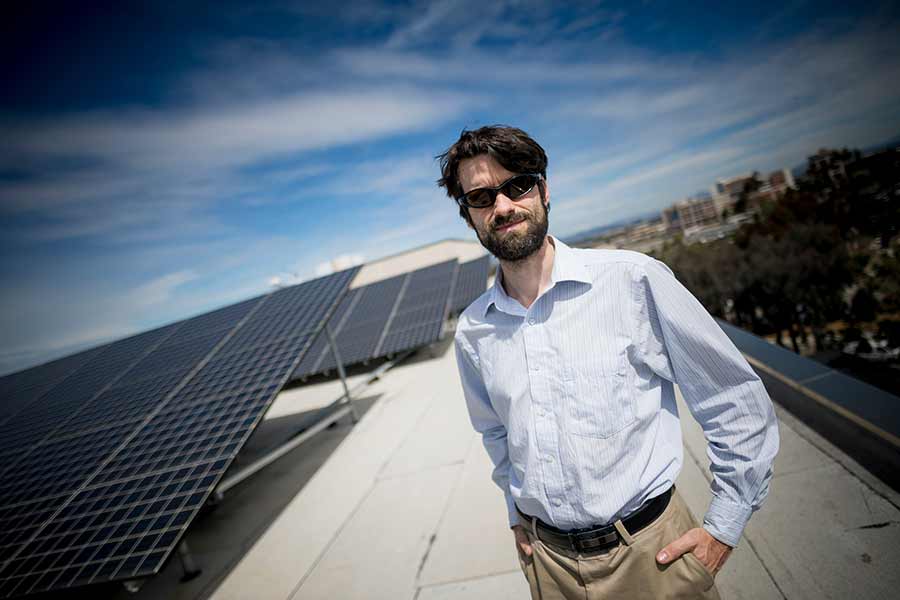
$39 Million to better integrate renewables into power grid
The National Science Foundation has awarded $39 million to a team of engineers and computer scientists at the University of California San Diego to build a first-of-its-kind testbed to better understand how to integrate distributed energy sources such as solar panels, wind turbines, smart buildings and electric vehicle batteries into the power grid. The goal is to make the testbed available to outside research teams and industry by 2025.
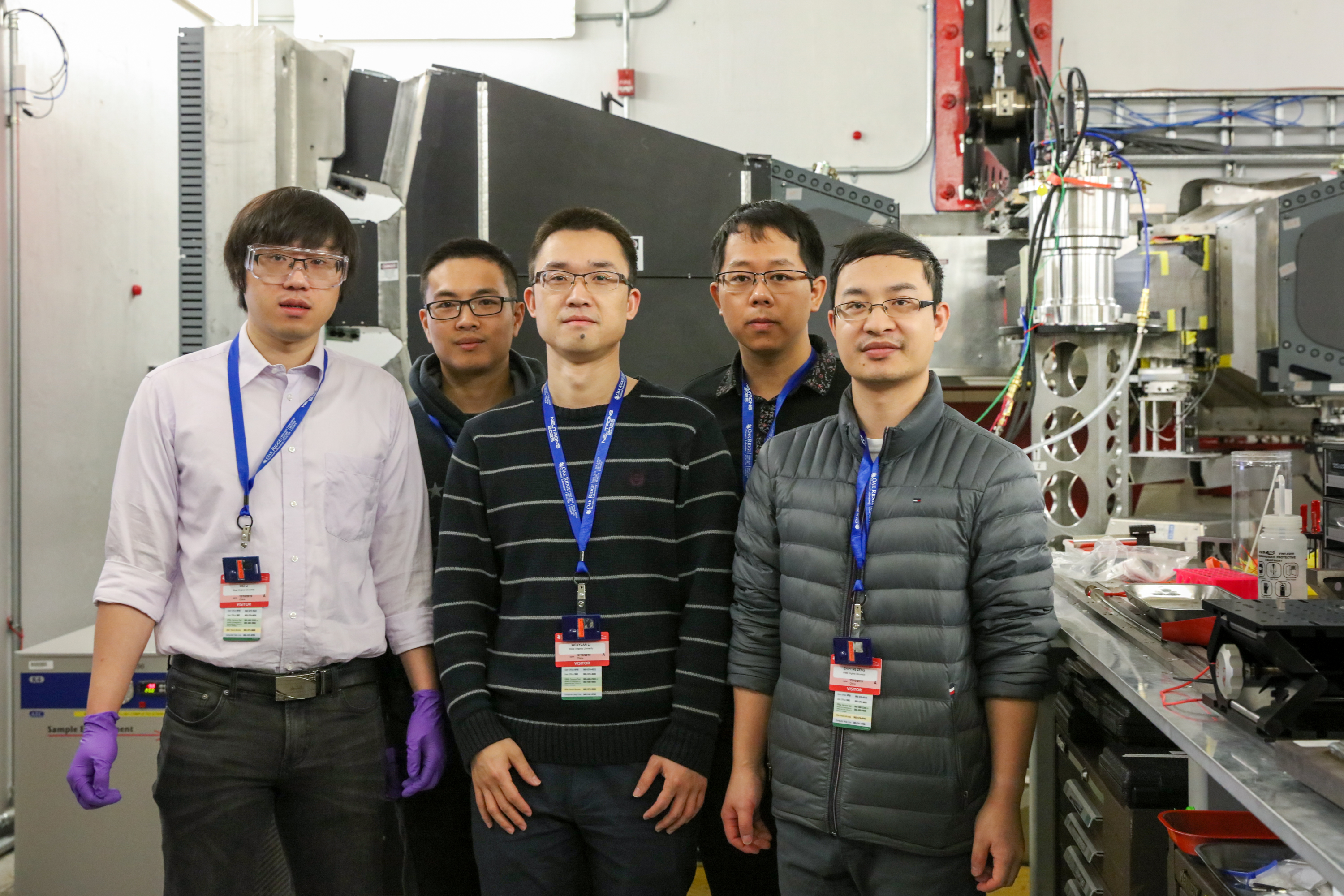
West Virginia researchers use neutrons to study materials for power plant improvements
Researchers from West Virginia University are using neutron scattering at Oak Ridge National Laboratory to study novel materials called high entropy oxides, or HEOs. Their goal is to collect insights into how the atoms in the HEOs bind together and whether the materials can be used to develop useful applications to improve power plant operations.
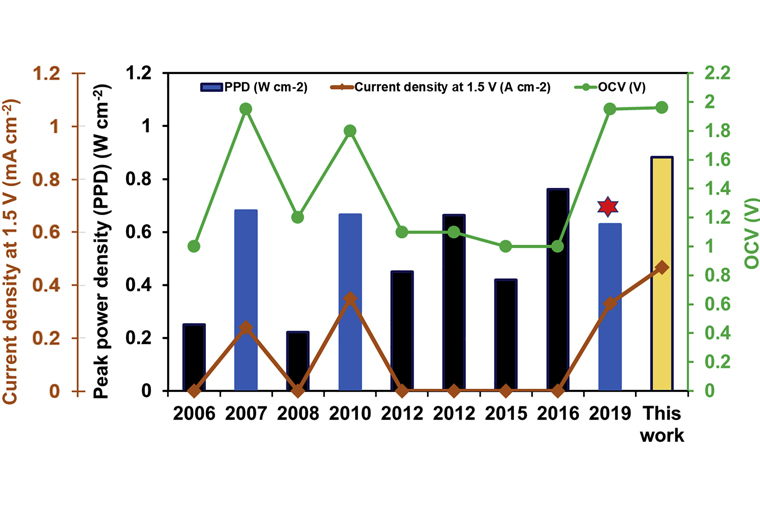
Engineers develop new fuel cells with twice the operating voltage as hydrogen
Engineers at the McKelvey School of Engineering at Washington University in St. Louis have developed high-power, direct borohydride fuel cells that operate at double the voltage of conventional hydrogen fuel cells.
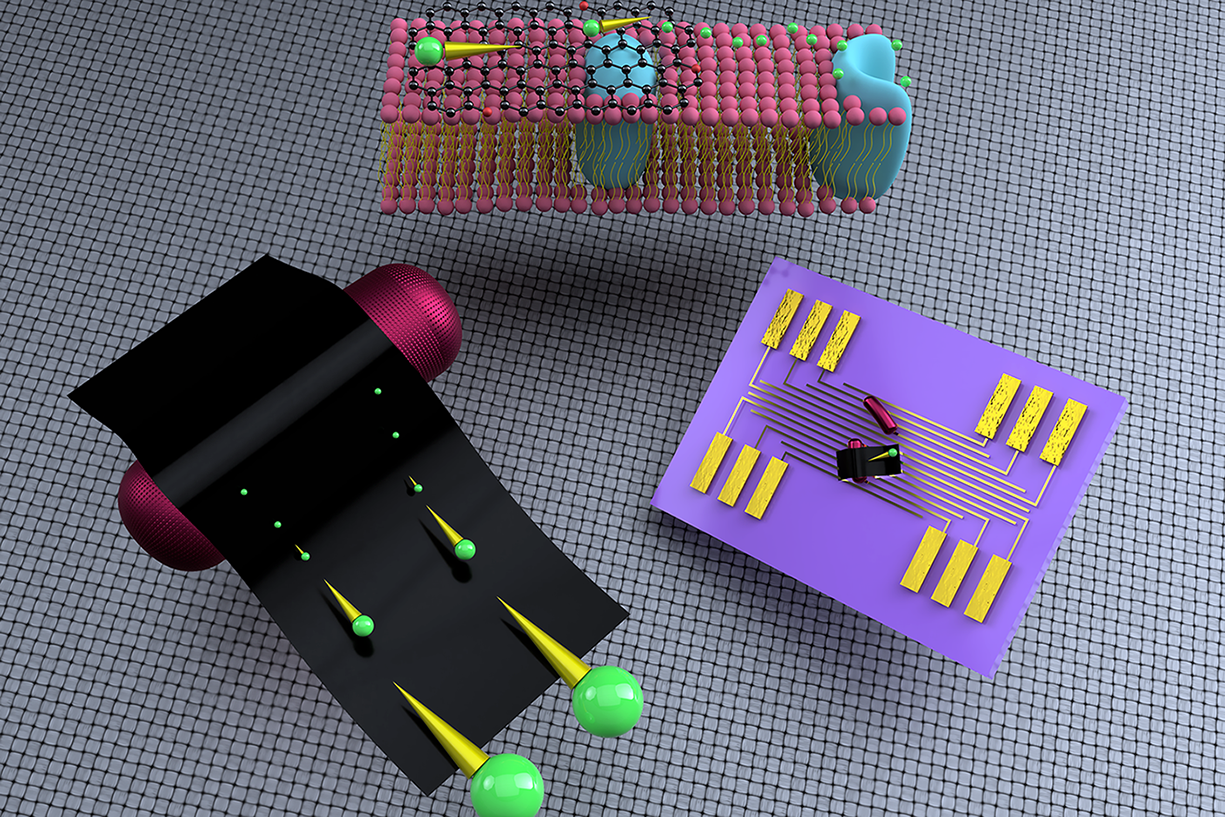
UIC chemical engineers get ‘muddy’ to develop renewable fuel cell
University of Illinois at Chicago engineers digging for efficient ways to harness sustainable power found a surprising fuel source — mud and a common bacterium often found in it.
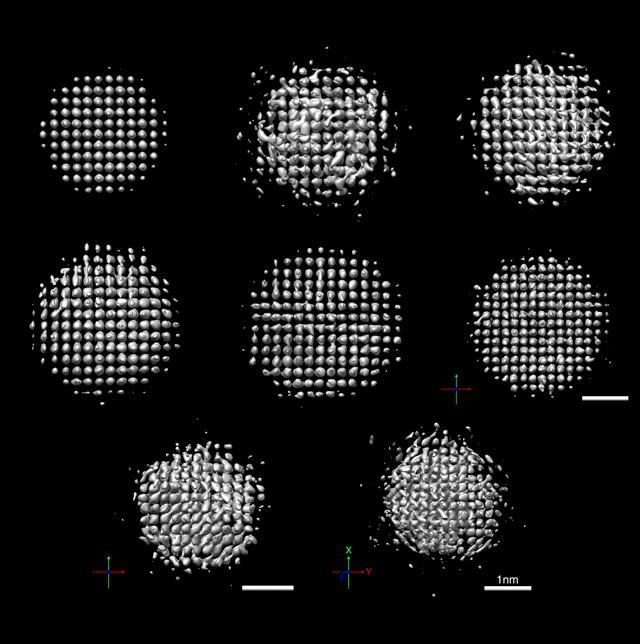
Science Snapshots from Berkeley Lab: 3D nanoparticles and magnetic spin
Researchers at Berkeley Lab have captured 3D images of nanoparticles in liquid with atomic precision, and developed an ultrathin electrical switch that could further miniaturize computing devices and personal electronics without loss of performance.
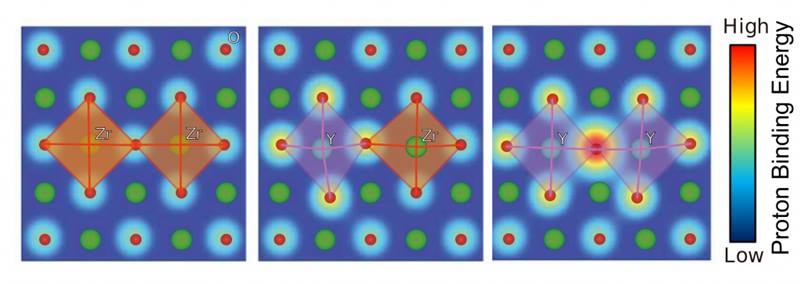
Simulations Identify Importance of Atomic-Level Distortions in Certain Fuel Cell Materials
Using supercomputer simulations and a large dataset of materials, scientists found a connection between distortions in the material’s atomic structure and the amount of energy required to separate a proton from the material.
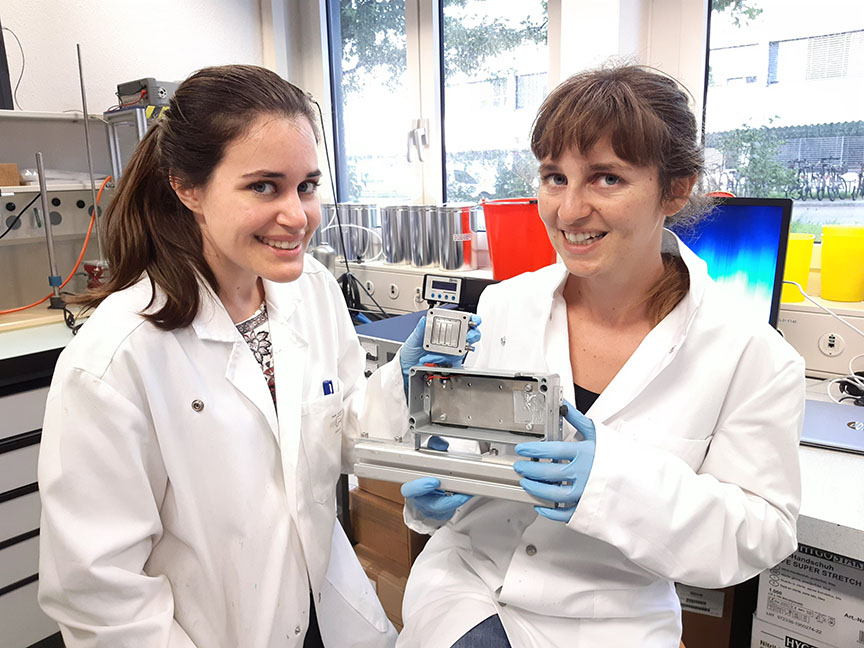
Inside the Fuel Cell — Imaging Method Promises Industrial Insight
Hydrogen-containing substances are important for many industries, but scientists have struggled to obtain detailed images to understand the element’s behavior. In Review of Scientific Instruments, researchers demonstrate the quantification of hydrogen for different states of water — i.e., liquid, frozen and supercooled — for applications to eco-friendly fuel cells.

Platinum-Graphene Atomically-thin Fuel Cell Catalysts Show Superior Stability Over Bulk Platinum
Films of platinum only two atoms thick supported by graphene could enable fuel cell catalysts with unprecedented catalytic activity and longevity, according to a study published recently by researchers at the Georgia Institute of Technology.